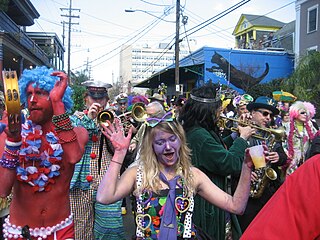
Mardi Gras refers to events of the Carnival celebration, beginning on or after the Christian feasts of the Epiphany and culminating on the day before Ash Wednesday, which is known as Shrove Tuesday. Mardi Gras is French for "Fat Tuesday", reflecting the practice of the last night of eating rich, fatty foods before the ritual Lenten sacrifices and fasting of the Lenten season.

The Mistick Krewe of Comus, founded in 1856, is the oldest, continuous, New Orleans, Louisiana, Carnival Krewe having paraded with few interruptions from 1856-1991, while continuing to hold a tableau ball for its members and guests to date.

Rex is a New Orleans Carnival Krewe which stages one of the city's most celebrated parades on Mardi Gras Day. Rex is Latin for "King", and Rex reigns as "The King of Carnival".

The holiday of Mardi Gras is celebrated in southern Louisiana, including the city of New Orleans. Celebrations are concentrated for about two weeks before and through Shrove Tuesday, the day before Ash Wednesday. Mardi Gras is French for Fat Tuesday, but the season actually begins on King's Day, January 6, and extends until midnight before Ash Wednesday. Club, or Krewe, balls start soon after, though most are extremely private, with their Kings and Queens coming from wealthy old families and their courts consisting of the season's debutantes. Most of the high society Krewes do not stage parades. As Fat Tuesday gets nearer, the parades start in earnest. Usually there is one major parade each day ; many days have several large parades. The largest and most elaborate parades take place the last five days of the Mardi Gras season. In the final week, many events occur throughout New Orleans and surrounding communities, including parades and balls.
The Krewe of Endymion is a New Orleans Mardi Gras super krewe and social organization.

The Gasparilla Pirate Festival is a large parade and a host of related community events held in Tampa, Florida almost every year since 1904. The centerpiece of the festivities is the Parade of Pirates, which is a framed as a friendly "invasion" by the crew of the mythical pirate José Gaspar, a popular figure in Florida folklore despite the fact that he did not exist. The Parade of Pirates is often referred to as the Gasparilla Parade by locals, and the date of the event is known as Gasparilla Day.

Lundi Gras is a relatively recently popularized name for a series of Shrove Monday events taking place during the Mardi Gras. It includes the tradition of Rex, king of the New Orleans carnival, and Zulu King arriving by boat. This began in 1874, but the term Lundi Gras was not widely applied until 1987 when the arrival was brought back as part of a series of river-related events under the name of "Lundi Gras". Lundi Gras was the creation of journalist Errol Laborde. The event was staged with the cooperation of Riverwalk Marketplace and its then marketing director Carol Thistle Lentz. The events are detailed in Laborde's book, Krewe: The Early New Orleans Carnival from Comus to Zulu.
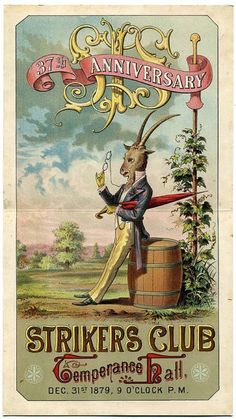
The Striker's Independent Society (S.I.S.) is the oldest continuously active mystic society in Mobile, founded in 1843, Alabama. Mobile's Mardi Gras history spans over 300 years, as customs changed with the ruling nations: Mobile was the capital of French Louisiana in 1702, then British in 1763, then Spanish in 1780, entered the Republic of Alabama, was declared American in 1812, a U.S. state in 1819, then Confederate in 1860, then became American again in 1865 and participated in Carnival during New Year's Eve and New Year's Day celebrations. It is the oldest remaining mystic society in America but no longer hosts an annual parade.
The Mystic Krewe of Barkus is a New Orleans Mardi Gras parade where participants are dogs costumed according to a central parade theme. The annual event is organized by the Krewe of Barkus, a nonprofit organization that promotes adoption and rescue of homeless animals in New Orleans. The Mystic Krewe of Barkus makes fun of the more traditional New Orleans Mardi Gras parades and is the only Mardi Gras "krewe" in New Orleans created for dogs.

Mardi Gras is the annual Carnival celebration in Mobile, Alabama. It is the oldest official Carnival celebration in the United States, started by Frenchman Nicholas Langlois in 1703 when Mobile was the capital of Louisiana. Although today New Orleans and South Louisiana celebrations are much more widely known for all the current traditions such as masked balls, parades, floats and throws were first created there. From Mobile being the first capital of French Louisiana (1702), the festival began as a French Catholic tradition. Mardi Gras has now evolved into a mainstream multi-week celebration across the spectrum of cultures, becoming school holidays for the final Monday and Tuesday, regardless of religious affiliation.

A mystic society is a Mardi Gras social organization in Mobile, Alabama, that presents parades and/or balls for the enjoyment of its members, guests, and the public. The New Orleans Krewe is patterned after Mobile's Mystics. The societies have been based in class, economic and racial groups. Mobile's parading mystic societies build colorful Carnival floats and create costumes around each year's themes.

Mardi Gras in the United States is not observed nationally across the country, largely due to the country's Protestant and Anglo-Saxon roots. Mardi Gras and Carnival are mostly Catholic holidays, while the United States has a Protestant-majority population. However, a number of cities and regions in the U.S. have notable Mardi Gras or Carnival celebrations. Most of these places trace their Mardi Gras celebrations to French, Spanish, and other Catholic colonial influences on the settlements over their history. The earliest Carnival celebration in North America occurred at a place on the west bank of the Mississippi River about 60 miles (97 km) downriver from where New Orleans is today; this Mardi Gras on March 3, 1699, and in honor of this holiday, Pierre Le Moyne, Sieur d'Iberville, a 38-year-old French Canadian, named the spot Point du Mardi Gras near Fort Jackson. The earliest organized Carnival celebrations occurred in Mobile, then the capitol of French Louisiana known as Fort Louis de la Mobile, where in 1704 the first known Carnival secret society. In 1856, six Mobile natives established the first secret society, or krewe, in New Orleans, the Mistick Krewe of Comus. Former French and Spanish colonies such as Pensacola, Biloxi, and settlements along the Gulf Coast all followed suit in incorporating Carnival into their annual celebrations, which today have developed either separate traditions or variations of them from one another. In addition, modern activities generally vary from city to city across the U.S.

The Krewe of Proteus is a New Orleans Carnival Krewe founded in 1882, the oldest continuously parading Old Line Krewe.

The Intergalactic Krewe of Chewbacchus is a science fiction–themed Mardi Gras krewe, religious and parade organization, that also features fantasy and horror groups, among other fandoms. Based in New Orleans, Louisiana, as of the 2019 parade, the Intergalactic Krewe of Chewbacchus has over 2500 dues-paying members who call themselves "ChewbacchanALIENs" or "Chewbs."
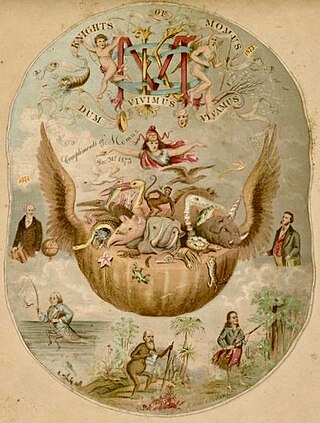
The Knights of Momus ("KoM") was founded in 1872 and was the second-oldest parading Old Line Krewe in New Orleans Carnival after the Mistick Krewe of Comus and is the third oldest krewe to continuously present a tableau ball, after the Twelfth Night Revelers in 1870.
The Mystic Krewe of Nyx is an all-female Krewe organization, based in New Orleans. Organized and founded by Julie Lea in 2011, the Nyx's first pageant, "NOLA Reality Reigns," was featured on the St. Charles Avenue Parade Route on February 15, 2012. The Mystic Krewe of Nyx is named after the Greek goddess of the night, Nyx.
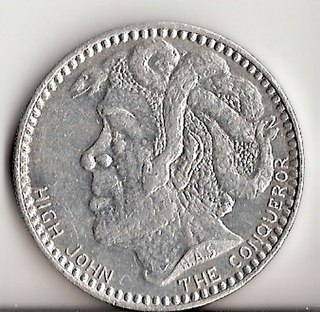
Mardi Gras Doubloons are Mardi Gras throws shaped like coins that commemorate various Mardi Gras Krewes. They are typically made of aluminum and are thrown from floats in carnival parades. The first doubloons used as throws from parades of Mardi Gras Krewes date to 1960, and these early doubloons are collectible.

The Krewe of Cleopatra is a New Orleans Mardi Gras Super Krewes and social organization.

Mardi Paws is a Mardi Gras procession in Covington, Louisiana dedicated to animal welfare.
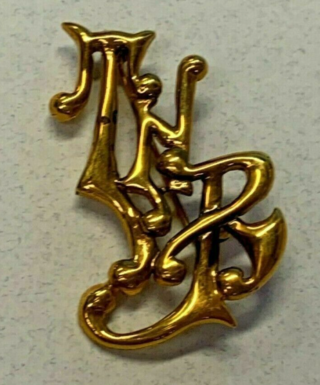
The Twelfth Night Revelers, founded in 1870, is a New Orleans, Louisiana, Carnival Krewe. It is the second oldest continuous organization of New Orleans Carnival festivities.



















